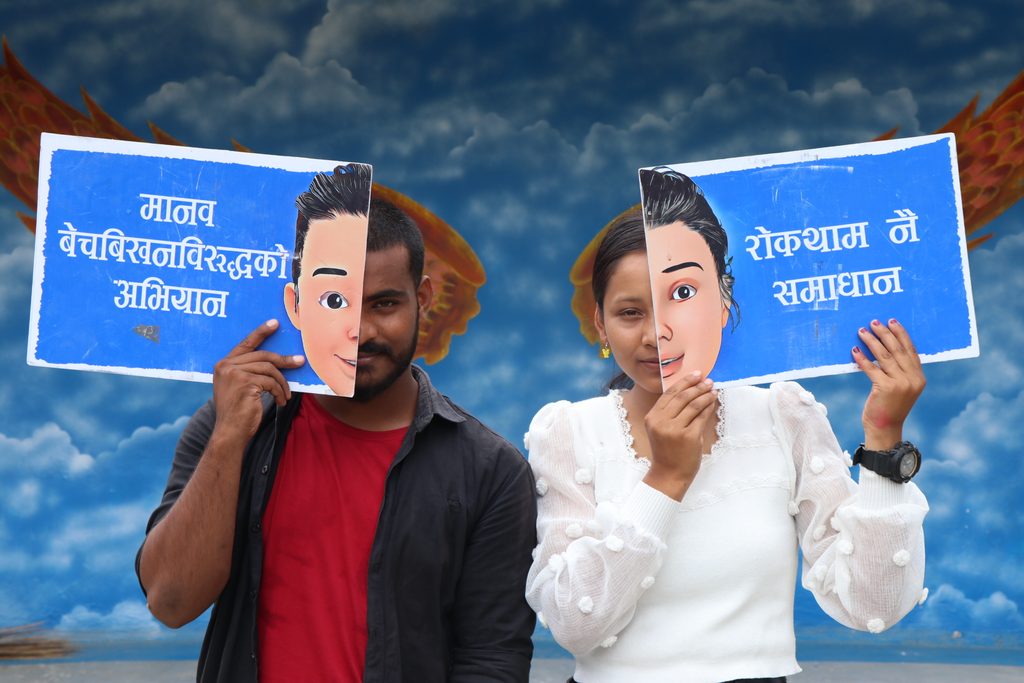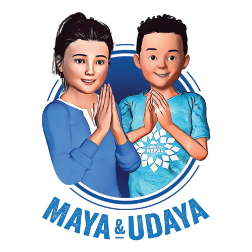Stories of hope
Stories of Hope shares inspiring stories from Plan International Nepal’s PROTECT project, showcasing its impact in combating human trafficking and unsafe mig…
Preventing child and human trafficking, improving repatriation and supporting survivors.

According to the Trafficking in Persons 2019 report from National Human Rights Commissions, 35,000 people were estimated to have been trafficked from Nepal in 2018. Among them, it is estimated that 15,000 were women and 5,000 were children. Human trafficking cases were registered the most in Bagmati Province where 98% of the survivors were female.
Prevention, Tracking, Education, and Transformation (ProTEcT) is a multi-year comprehensive project to stop child and human trafficking in Nepal, run by Plan International Nepal and Plan India. The main goals of the project are to work alongside children, families and communities in Nepal to:
The project is being implemented in Sunsari, Makwanpur, and Banke districts of Nepal. Banke and Sunsari share their borders with India making them prone to human trafficking.
The project achieves its objectives by:
One of the keys to achieving the outcomes of the project is mobilising young people in their communities. They are trained on anti-trafficking awareness and given tools and resources to share their knowledge. Online platforms have given them a place to organise their campaigning and gain knowledge. Now these young people have become youth ambassadors against trafficking in their communities.
Bhagwat Ghimire, a Ward Chairperson, says, “There has been change in structure but the mindset of people has not changed. It is believed that everything needs to be done by the local government, however resources are limited despite the desire for change. All stakeholders must come together for change and accountability. Youths also need to have the change mindset. We are happy we have provided space for our youths to have information and resource centres. I hope it will enable them digitally and could unleash further opportunities.”

The behaviour change products were developed by the character-based story telling of “Maya and Udaya”.
Maya chatbot is an artificial intelligence tool people can use to talk about human trafficking and unsafe migration. It is Facebook Messenger-based and is embedded on the Maya Facebook page.
High usage of social media in Nepal makes Facebook an ideal platform to raise awareness about human trafficking.
There are 4 key features of the Maya chatbot:
Find out more about Mayabot on social media: